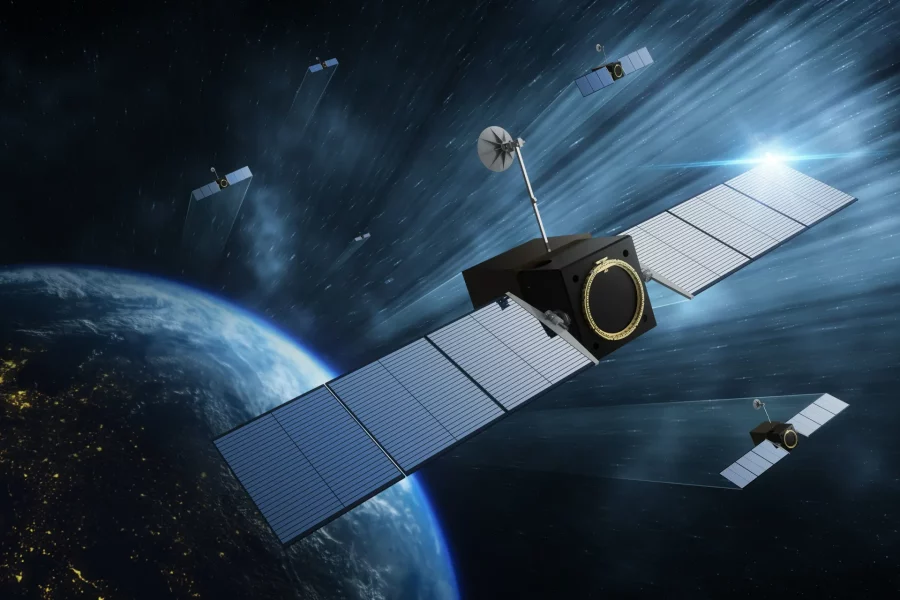
Space Force Adds 6 New Satellites to Its MEO Missile Warning Constellation (Image Credit: airandspaceforces)
Space Systems Command is adding six more satellites to its medium-Earth orbit missile warning/missile tracking constellation, awarding a $386 million contract to Millennium Space Systems.
The order doubles to 12 spacecraft the number of satellites in the constellation’s Epoch 1, and all will be built by Millennium, a Boeing subsidiary. The deal comes less than six months after SSC canceled a contract with RTX, due to cost growth, schedule delays, and design issues.
Called the Resilient MW/MT MEO program, the constellation is scheduled for its initial launches in late 2026 and early 2027.
“Once on orbit, Epoch 1 satellites will play a vital role in delivering advanced missile warning and tracking capabilities,” said Lt. Col. Nathan Terrazone, materiel leader for Epoch 1, in a statement. “Our commitment is to rapidly deliver operational requirements. Awarding this additional plane lets us do that without skipping a beat.”
After dropping RTX, SSC contemplated shifting some satellites to Epoch 2. But “because of the flexible nature of its acquisition approach,” which used other transaction authorities to award the fixed-price contract, SSC was able to keep the program on cost and schedule and award the additional satellites to Millenium.
SSC is already soliciting proposals for the next phase, Epoch 2, which will expand the constellation and enable global coverage. Launches are programmed for fiscal 2029.
“We are excited to see what industry offers us for Epoch 2, which will take us to initial warfighting capability in the next few years,” said Terrazone.
The MW/MT MEO constellation will give the Space Force three missile tracking layers, one in each major orbital regime. In addition to the MEO satellites, the Space Development Agency is fielding a missile warning layer in low-Earth orbit and SSC is developing the Next-Generation Overhead Persistent Infrared (Next-Gen OPIR) program for geosynchronous and polar orbits.
Both agencies are iterating development through “spiral development,” building satellites, launching them, then adding capabilities in a follow-on set of launches. The widely dispersed warning systems aim to dissuade rivals from trying to attack the satellite constellations by putting so many satellites up that attacking them would prove fruitless.
For Millennium, the project solidifies its prowess at rapid satellite development and delivery. Millenium, which is also involved in SDA’s low-Earth-orbit proliferated architecture, is under contract to provide it experimental fire control satellites.
SDA and SSC are coordinating their missile tracking efforts, each focusing on a different orbital regime. Satellites in LEO offer a more detailed picture and higher speeds, while satellites in GEO offer a persistent stare and a broader field of view.








